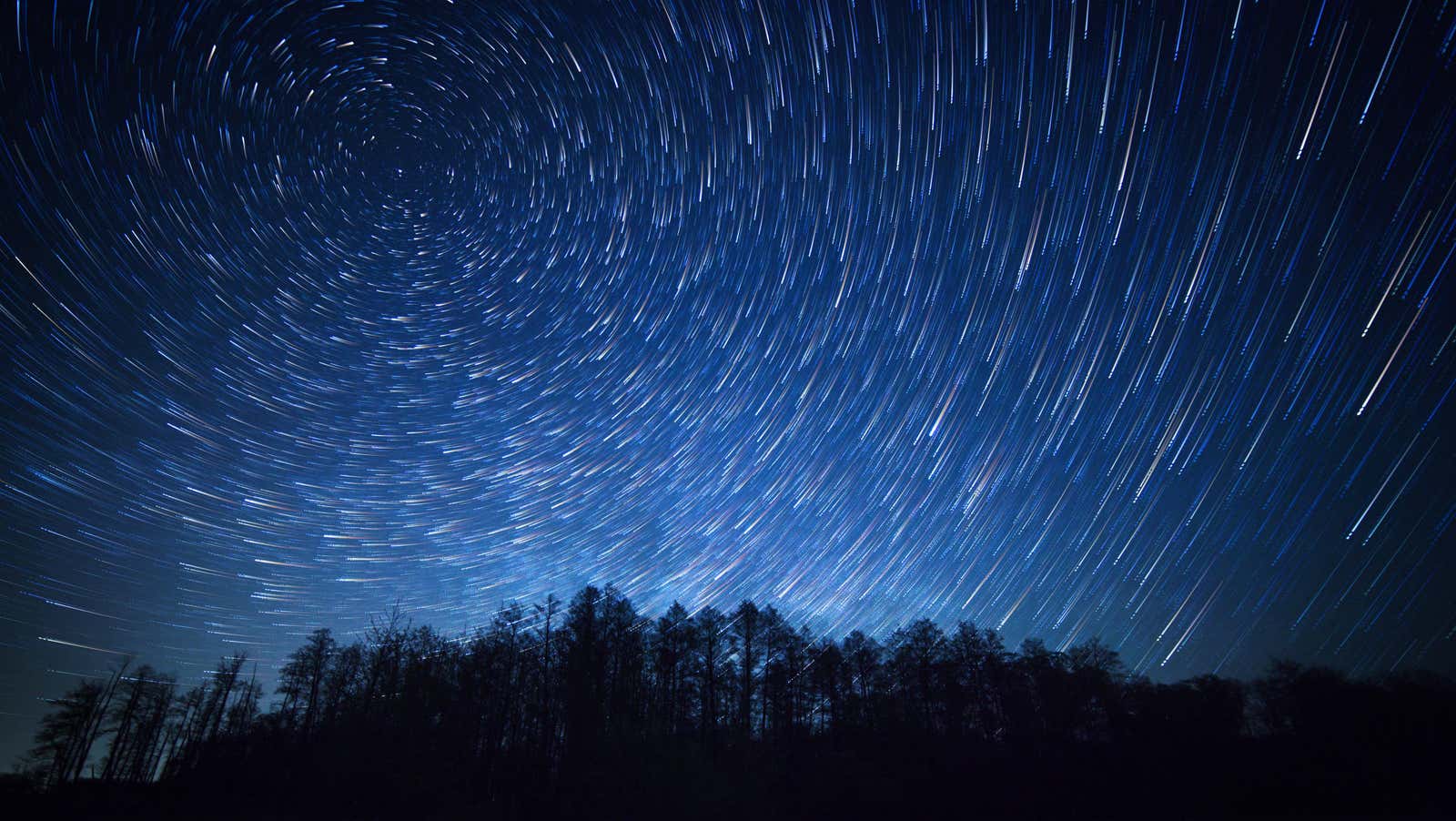There’s a Lot of Cool Shit Going on in Space in August

There are many things happening in the night sky this month. I’m talking about planets, meteors, asteroids, supermoons, maybe aliens – everything is going crazy up there. Here are the celestial events of August 2022.
Early August: shooting stars
August starts with a new moon, which means the sky is getting darker, so conditions for shooting stars are perfect. Pereid meteors annually peak on the 11th, but this is also the time of the full moon, so early in the month you can get lucky with both off-peak Pereid and South Delta Aquarid meteors. The South Delta Aquarids peak on August 1st. If you are in the northern hemisphere, look for shooting stars in the south.
August 11th: Supermoon conjunct Saturn.
On August 11, the last supermoon of the year rises. A supermoon is what we call it when the moon is closest to the earth, which makes it appear a little brighter and bigger. The full moon in August is not only super, it will also be accompanied by Saturn. Around midnight on the 11th, Saturn and the full moon will come into conjunction – they will look like they are close to each other. You should be able to spot Saturn without a telescope or binoculars, although the moon’s brightness can get in the way a bit.
August 12: Disappointing meteor shower.
The annual summer appearance of the Perseid meteor shower is usually a highlight of the cosmic calendar, and this year it peaks on August 12th. Usually during the Perseids you can see a lot of shooting stars, maybe 100 an hour, but this year the moon is almost full, so the spectacle will not be as impressive. However, if you look at the northeastern sky at the start of the night when the moon is lower in the sky, you should still see a few meteors streak across the sky.
August 14: Saturn at its brightest.
Saturn is the sexiest planet in the solar system and will be in opposition on the 14th. This means that Saturn is directly opposite the Sun (from our point of view), so it will shine most brightly in the night sky. With a telescope, you can see the rings of Saturn or even one of its moons. Again, the annoying interfering light of an almost full moon can make this sighting less dramatic.
August 15: Jupiter and Moon conjunct, Mercury at its peak.
In the middle of the month, August 15, Jupiter will be in conjunction with the Moon. Two celestial bodies will appear in the sky next to each other. Earlier, on August 15, Mercury will be at its peak in the sky. Our planetary nearest neighbor will be 9 degrees above the horizon after sunset.
August 18: Kappa Cygnid meteor shower.
All meteor showers are beautiful in their own way, including the Kappa Cygnus meteor shower, the last meteor shower of summer. You’ll only be able to see about three meteors per hour at the peak on the 18th, so you’ll need a little patience. Look high above the northeastern horizon for a shooting star.
August 19: Mars conjunct the Moon.
On August 19, Mars will be very close to the Moon. The moon will be three-quarters full, so it will still cast a significant amount of reflected sunlight.
August 22: Asteroid 4 Vesta.
At night, you can see not only planets and moons. In the morning hours of August 22, you can only see the asteroid with binoculars. Asteroid 4 Vesta will be brightly lit as it is in opposition to the Sun. To see exactly where this near-planet will be in the night sky, use In-The-Sky’s cool tool to find celestial objects .